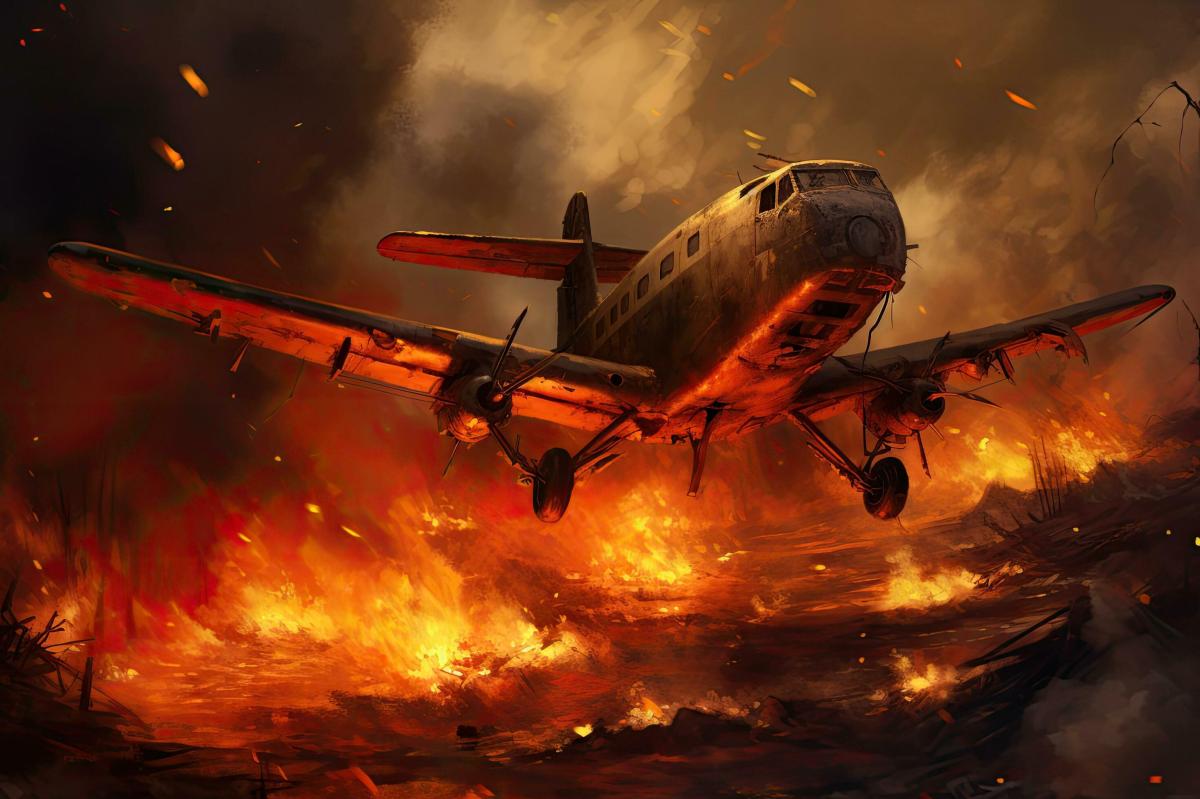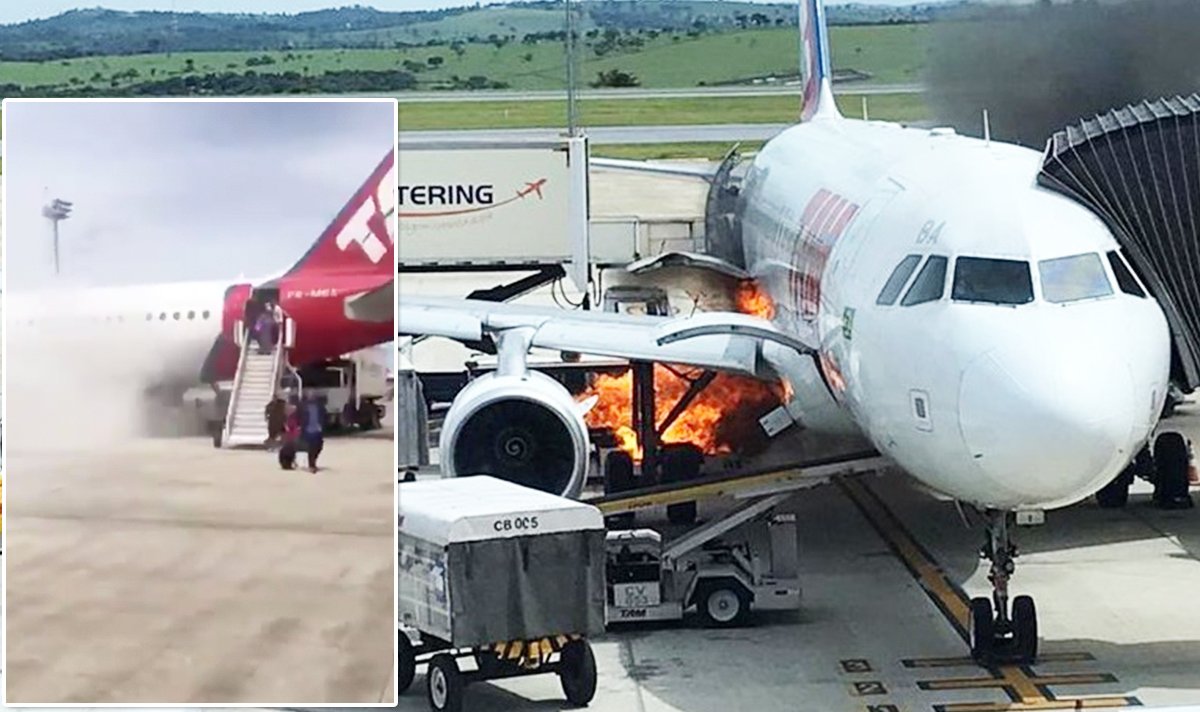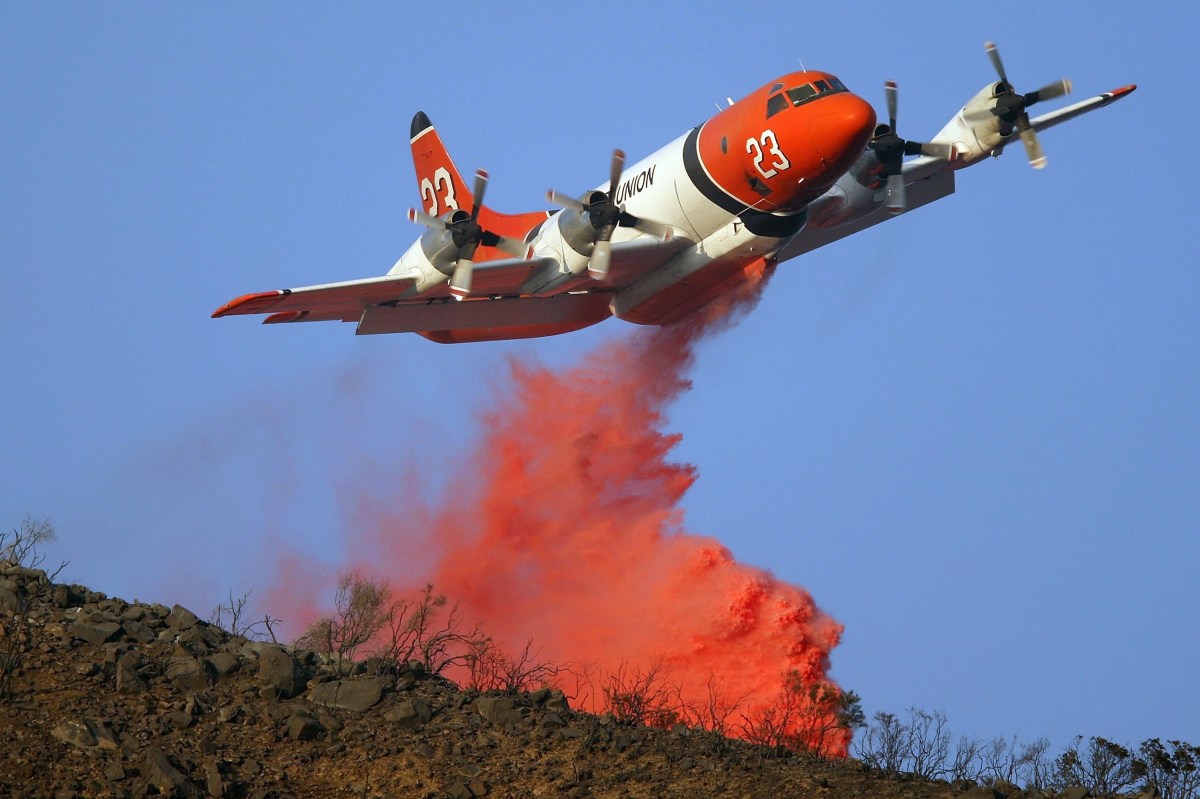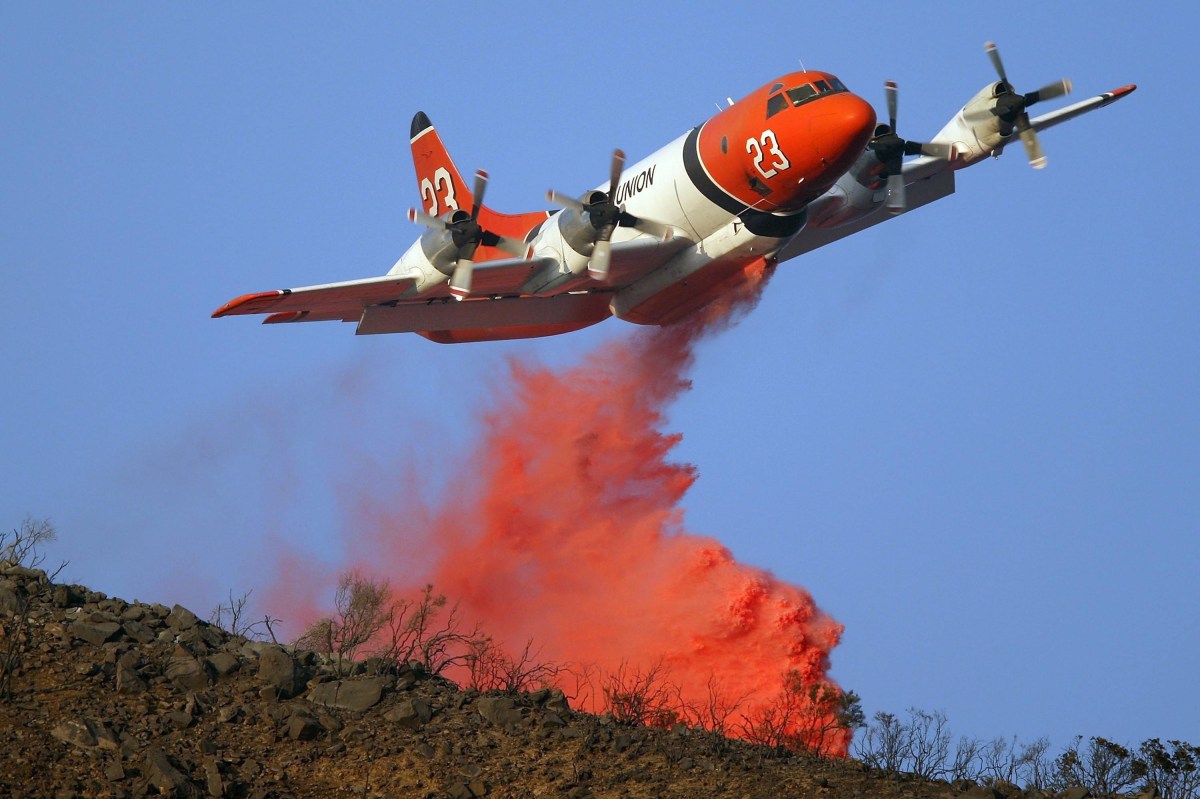LA Fire From Plane: Imagine the chaos – a fiery inferno erupting from an aircraft at LAX. This isn’t just a hypothetical scenario; it’s a real possibility with serious implications. This exploration delves into the various types of aircraft fires, their causes, and the crucial safety protocols in place at one of the world’s busiest airports. We’ll examine the role of weather, fuel types, and the post-incident investigation process, painting a comprehensive picture of this critical safety concern.
We’ll cover everything from engine failures and electrical malfunctions to the specific firefighting techniques and equipment used at LAX. We’ll also discuss the impact of unique LA weather patterns, like the Santa Ana winds, on the severity and spread of these fires. Finally, we’ll look at preventative measures and the investigation procedures following such incidents, ensuring a safer future for air travel.
So you’re wondering about that crazy LA fire from a plane? It’s wild how quickly those things spread, and the aftermath is a huge job for emergency services. Analyzing the footage to understand the fire’s progression would require serious processing power, something like the amazing graphics capabilities of the nvidia geforce rtx 5070 ti could definitely help with that kind of data crunching.
Getting back to the fire though, investigators likely use advanced thermal imaging to map the spread and damage.
Aircraft Fires at LAX: A Comprehensive Overview

Los Angeles International Airport (LAX), a major hub for air travel, faces unique challenges regarding aircraft fire safety. The combination of high traffic volume, diverse aircraft types, and specific weather patterns in the Los Angeles area necessitates a robust understanding of aircraft fire types, emergency response protocols, and preventative measures. This overview details various aspects of aircraft fire safety at LAX, from the causes and types of fires to the role of weather and post-incident investigations.
Ever wondered about the unique challenges of fighting wildfires from the air? It’s a complex operation, requiring precise coordination and specialized equipment. Check out this article on the intricacies of la fire from plane to learn more about the strategies and technology involved. Understanding this perspective is key to appreciating the scale and difficulty of tackling these devastating blazes.
La fire from plane operations are truly fascinating to learn about.
Types of Aircraft Fires at LAX
Aircraft fires can be broadly classified into different types depending on the material burning (Class A, B, or C fires), and their location on the aircraft (engine, cabin, cargo hold, etc.). LAX, with its diverse fleet of aircraft, experiences a range of fire types. Engine fires, often stemming from mechanical failure or fuel leaks, are a significant concern. Electrical malfunctions can also lead to fires in various parts of the aircraft, including the cockpit and passenger compartments.
Fuel leaks, potentially exacerbated by ground handling operations, pose a considerable risk, especially during refueling or taxiing.
| Fire Type | Cause | Suppression Method | Potential Risks |
|---|---|---|---|
| Engine Fire | Engine malfunction, fuel leak | High-expansion foam, dry chemical agents | Significant damage to engine, potential spread to wings |
| Electrical Fire | Short circuit, faulty wiring | Halon (if available), CO2, dry chemical agents | Smoke inhalation, potential spread to flammable materials |
| Fuel Fire | Fuel leak, ruptured fuel tank | High-expansion foam, alcohol-resistant foam | Rapid fire spread, explosion risk |
| Cabin Fire | Electrical malfunction, smoking materials | Water spray, dry chemical agents | Passenger injuries, smoke inhalation |
LAX Airport Fire Safety Procedures

LAX maintains comprehensive emergency response protocols for aircraft fires, involving a coordinated effort between various emergency services. Rapid response times are critical in minimizing damage and casualties.
- Firefighters: Utilize specialized aircraft rescue firefighting (ARFF) vehicles equipped with high-expansion foam and other agents.
- Paramedics: Provide immediate medical attention to injured passengers and crew.
- Airport Security: Secure the area, manage evacuations, and control access.
- Airport Operations: Coordinate airport closures and diversions as needed.
- Air Traffic Control: Directs aircraft away from the affected area and manages air traffic flow.
LAX utilizes a range of specialized firefighting equipment, including ARFF trucks with powerful pumps and water cannons, and advanced foam systems designed to suppress aviation fuel fires quickly and effectively. Heat-resistant suits and breathing apparatus are standard equipment for firefighters involved in these incidents.
Impact of Weather on Aircraft Fires in LA
Los Angeles’s unique weather patterns can significantly influence aircraft fire incidents. Santa Ana winds, known for their high velocity and low humidity, can rapidly spread fires, making containment challenging. Fog can reduce visibility, hindering emergency response efforts and potentially delaying the arrival of firefighting crews.
For example, a hypothetical scenario involving a fuel leak during a Santa Ana wind event could result in a rapidly spreading fire, requiring a larger-scale response and potentially impacting a greater area of the airport. Conversely, dense fog could delay the response time, increasing the severity of the incident before firefighting crews can effectively intervene.
Fuel Type and Fire Risk

Aviation fuels, primarily Jet A and Jet A-1, are highly flammable. Their low flash points mean they ignite easily. A fuel leak, even a small one, near an ignition source can lead to a significant fire. The specific characteristics of these fuels, including their volatility and energy density, determine the intensity and spread of any resulting fire.
In a hypothetical scenario, a fuel leak from a large aircraft during refueling at a gate could ignite due to a nearby spark or hot surface. The resulting fire could rapidly spread across the tarmac, potentially damaging adjacent aircraft and airport infrastructure. The resulting disruption to airport operations could be significant, involving flight delays and cancellations, and potentially leading to considerable financial losses.
Post-Incident Investigation and Prevention, La fire from plane
Following an aircraft fire incident at LAX, a thorough investigation is conducted to determine the cause and contributing factors. This process involves collecting evidence, interviewing witnesses, analyzing flight data recorders, and examining the damaged aircraft. Findings from these investigations are crucial in implementing preventative measures.
Ever wonder about the causes of fires on planes? While engine malfunctions are common, external factors can also play a role. For example, a collision, like the one described in this article about a plane hit by drone , could potentially ignite fuel or damage critical systems leading to a fire. Understanding these various scenarios is key to improving aircraft safety and preventing devastating LA fires from planes.
Preventative measures include rigorous maintenance protocols, stringent safety regulations, and comprehensive pilot training programs. Regular inspections of aircraft fuel systems, electrical components, and other potential fire hazards are essential. Pilot training emphasizes fire prevention and emergency procedures, equipping pilots with the skills to handle fire-related incidents effectively.
A typical sequence of events following an aircraft fire might involve: initial emergency response (fire suppression, evacuation); securing the area; medical treatment for injuries; investigation by the National Transportation Safety Board (NTSB) or equivalent; aircraft repair or replacement; and implementation of preventative measures based on investigation findings.
Ultimate Conclusion
Understanding the complexities of aircraft fires, particularly at a high-traffic airport like LAX, is crucial for ensuring passenger safety and efficient airport operations. From the diverse causes of these fires to the sophisticated response mechanisms in place, we’ve explored a critical aspect of aviation safety. By understanding the challenges posed by weather, fuel types, and the post-incident investigation process, we can work towards a future where such incidents are minimized, and safety is paramount.
FAQ: La Fire From Plane
What types of aircraft are most susceptible to fires?
While all aircraft are susceptible, older models or those with known maintenance issues might be at a slightly higher risk.
How often do aircraft fires occur at LAX?
Precise statistics are usually confidential for safety reasons but the occurrence is relatively infrequent due to stringent safety protocols.
What is the role of air traffic control during an aircraft fire?
Air traffic control immediately coordinates emergency services, reroutes other aircraft, and manages airspace to ensure a safe response.
What happens to passengers after an aircraft fire?
Passengers receive immediate medical attention if needed and are assisted by airport personnel. Full investigations and support are provided.
